It’s hard to imagine anything more pleasant than the scent of clean laundry like macro brand, isn’t there? Unfortunately, the laundry detergent you use can be having a negative impact, not just on you and your family, but also on the environment.
A significant financial investment may be required to get that clean-laundry aroma. Because laundry smells are intended to be retained in your clothing, your skin and lungs are constantly exposed to their presence. It is the same as other harmful components that are used in detergents for washing clothes.

If you were only exposed to them once, that wouldn’t be such a big deal; however, some of these components are meant to adhere to your clothes, which means that you can’t get away from them even if you try. This makes the situation much worse.
Due to the fact that precise ingredient information is considered to be commercially sensitive, producers are exempt from the need to declare the components that go into the production of their goods. This makes it even more difficult for customers who are attempting to make educated selections regarding the things they buy for their households and the people in them.
The question is, then, what is the solution?
Do you pick a method that is “sensitive”? Unfortunately, this does not in any way ensure that the laundry detergent is non-toxic. You can’t put your faith in the big-name companies even when they say their products are made with “sensitive” ingredients. You need to have a thorough understanding of each and every element.
And it’s not only about our well-being in terms of our health. As a result of the fact that laundry products make their way into our rivers, we have a responsibility to choose goods with the environment in mind. There are so many ingredients that are either harmful to the aquatic life they come into contact with, are not biodegradable (which means they never break down and remain in our waterways and oceans), or cause algal growth, which is what ultimately kills the fish and plants they come into contact with.

Introduction
How exactly can you make your way through all of the greenwashing and incorrect information to get the finest laundry products for your family? Which ones are genuinely safe for you, as well as the environment, to consume?
So let’s see where I fit in, shall we? I have dedicated a significant amount of time and effort into locating all of the components of laundry detergents, doing research on those components, and evaluating those components in order to provide you with recommendations that are of the highest quality.
There is a massive selection of different laundry detergents that can be purchased in Australia. I’ve done research on around 60 distinct items, all of which are manufactured by separate companies! I didn’t work on any of the popular ones since I’m quite sure they’re going to be pretty much the same as each other.
However, I did make an effort to complete the greatest number of “natural” and “sensitive” ones as I could. The following list of laundry items that I have evaluated may be found below, organized in alphabetical order for your convenience.

Ingredients to Avoid
Phosphates
Phosphates are a source of concern because they promote the development of algae and cut down on the amount of oxygen that is available to fish and plants in water bodies like streams and lakes.
Enhancers of visible light transmission
Because they are not capable of biodegradation, they will remain in our rivers even after they have been released into the environment. The results of the studies that have been conducted to investigate the impact that optical brighteners have on the environment have not provided any definitive answers.
Optical brighteners have been related to contact dermatitis as well as skin irritations, although the study does not provide a definitive answer either way. It is in everyone’s best interest to steer clear of optical brighteners until we have a better understanding of the damage they do to both the environment and our skin.
Fragrance
The trouble with synthetic perfumes is that you don’t know what’s in them; they might include any one of three thousand different poisonous compounds. This poses a serious health risk. Phthalates and skin irritants are both possible components of fragrances. Avoid!
Dyes
The ingredient has no place in the recipe whatsoever. There is no need for blue washing liquid, yet by using it, unidentified chemicals are being introduced into our rivers.
Surfactants that are quite harsh
The detergent component of laundry detergent is comprised of surfactants, which are also a vital component of the product as a whole. On the other hand, there are certain strong surfactants that may irritate the skin and are harmful to aquatic life. Sodium Methyl Ester Sulfonate (MES) and Sodium Lauryl Ether Sulfate (SLES) are both examples of this kind of compound.
Take note that the use of sodium lauryl sulfate in cleaning products is completely acceptable. Because it is an irritant, I don’t like it when it’s included in goods meant for personal care, but when it’s used in cleaning products, it’s completely safe for both humans and the environment. This article includes a review from the scientific community that provides more explanation.
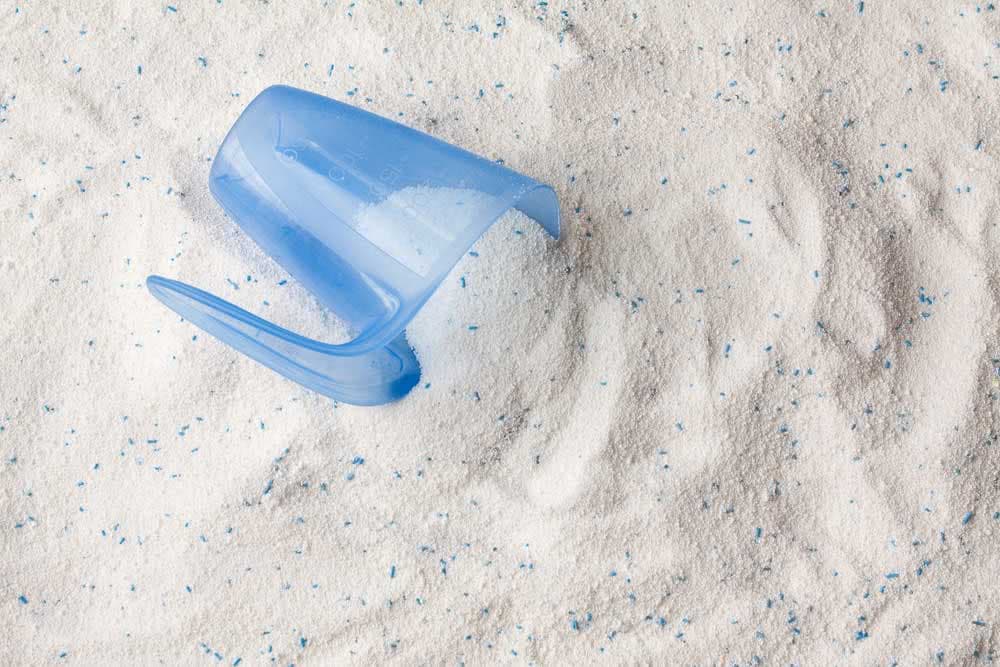
Preservatives
Because laundry liquids are mostly composed of water, it is necessary to add preservatives to the product in order to keep it from spoiling. In addition, a few of the preservatives that I discovered are very hazardous to both human health and the natural environment.
I discovered that some laundry products contained Benzisothiazolinone, which is both an irritant and a concern for the environment; Triethanolamine, which is both an irritant and an allergen; Methylchloroisothiazolone, which is both an irritant and an allergen; and Methylisothiazone, which is both an irritant and an allergen (another irritant and allergen). Preservatives are necessary, so let’s be sure to choose the ones that won’t hurt us!
Components containing ethoxylated substances
It’s possible that ethoxylated substances aren’t quite as harmful as people make them out to be, despite the fact that many so-called “green” companies claim to avoid using them. A few years ago, an organization called HERA (Health Environment Research Agenda) conducted an evaluation on ethoxylated substances and came to the conclusion that they posed minimal danger to both humans and the environment.

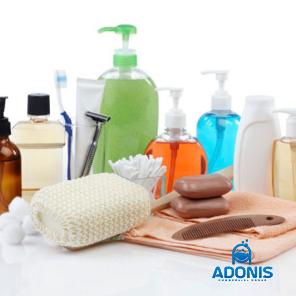

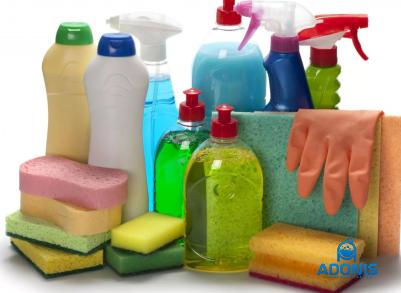
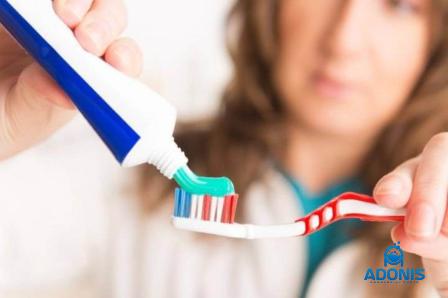
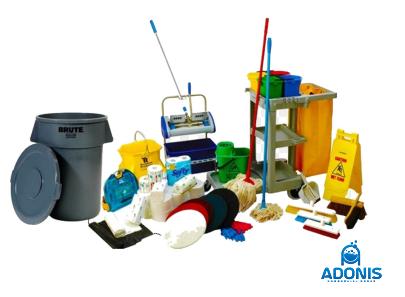
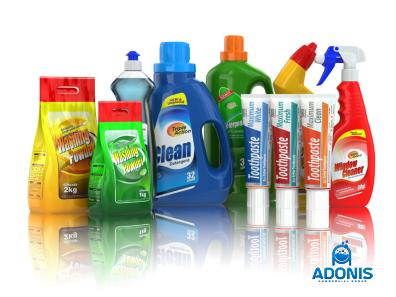

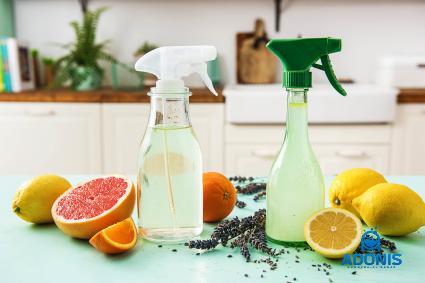


Your comment submitted.